Madagascar Biodiversity Partnership
What We Do
At Madagascar Biodiversity Partnership (MBP) we work with communities on comprehensive research and conservation programming.
MBP was founded in 2010 by Dr. Edward E. Louis Jr., Director of Conservation Genetics at Omaha’s Henry Doorly Zoo and Aquarium (OHDZA) who has been working in Madagascar since 1998. Here at MBP we strive to protect local forests for the lemurs while sustainably raising the standard of living for communities who are equally reliant upon the natural resources. Believing that everything is connected, or “Mampifandray ny tontolo”, MBP incorporates research, education and community involvement to achieve sustainability.
How We Protect Lemurs And Other Wildlife
Research and Lemur Monitoring
At MBP we have pioneering research on the northern sportive lemurs, whose populations are incredibly small (less than 50 individuals remaining) and who cannot be kept in captivity. In addition, and together with the Malagasy government, we have helped re-establish the diademed sifaka and the black-and-white ruffed lemur to their historical ranges in the Analamazoatra Special Reserve.These populations are now monitored by our team year-round. Finally, we use radio collars and other innovative technology to track lemur populations; this helps increase understanding of how different species use different types of habitat and how conservation programs can effectively protect lemurs in the future.Reforesting Habitat
We are proud to help lead reforestation efforts in Madagascar, and undertake programming in west (Andasibe, Kianjavato) and southern Madagascar (Lavavolo). We also undertake reforestation initiatives in the areas where it is working to distribute fuel-efficient cook stoves in northern Madagascar.
Our largest reforestation programming is based in Kianjavato and is called the Education Promoting Reforestation Project (EPRP). This program’s success is based on the fact that seeds which have passed through a lemur’s intestinal tract grow better than seeds that haven’t. By collecting the seeds in lemur poop, we’ve been able to plant over 6 million trees!
This program, and the associated community education and outreach efforts, have been so successful that they were featured on National Public Radio in the United States and in other media outlets worldwide.
What Lemur Species We Protect
MBP works across the country to support research and outreach related to several different lemur species, including:
- Aye aye (Daubentonia madagascariensis)
- Black-and-white ruffed lemurs (Varecia variegata)
- Crowned lemur (Eulemur coronatus)
- Diademed sifaka (Propithecus diadema)
- Greater bamboo lemur (Prolemur simus
- Northern sportive lemur (Lepilemur septentrionalis)
- Ring-tailed lemur (Lemur catta)
How We Support Local Communities
Madagascar has a young and growing population that is increasingly reliant upon the country’s dwindling natural resources. Despite the precarious conditions, there is room for hope. The MBP has initiated multiple community-based conservation efforts and development plans designed to rebalance the relationship between people and the ecosystem; many of our community outreach efforts are conducted together with Conservation Fusion.Fuel-efficient cook stoves
In partnership with the Omaha Henry Doorly Zoo and Aquarium and with Conservation Fusion, MBP is undertaking work to reduce the use of charcoal in some areas of Madagascar. Charcoal production, which causes large areas of forest to be cut down in Madagascar and is often unsustainable, is a big threat to lemur populations. We have distributed over 100 fuel-efficient cooking stoves and supplements these with hands-on education programs and reforestation initiatives.
Aquaponics development
Aquaponics is a sustainable food production method that combines techniques used to raise fish for food and hydroponics methods for growing plants in liquid mediums. Properly balanced aquaponics systems can provide large amounts of food, which is important in areas of Madagascar where families are food insecure, meaning, in areas where families do not have access to the food that they need, when they need it. We’ve partnered with a Omaha-based aquaponics nonprofit to undertake pilot programs which will help fine-tune the implementation of this type of equipment on-the-ground in Madagascar.
Capacity building
As part of our ongoing research programs, over 50 Malagasy doctorate and graduate students, 30 Malagasy undergraduate students, and 10 international students have received considerable training in research methods and conservation paradigms. For example, through the MBP’s role in helping to re-establish lemur populations in the Analamazoatra Special Reserve, students and local communities have received training on how to monitor these new populations and how re-establishment programs must be designed in order to be successful.In addition, we support 80+ full-time Malagasy employees as field assistants, project supervisors, office employees, and supporting staff members.

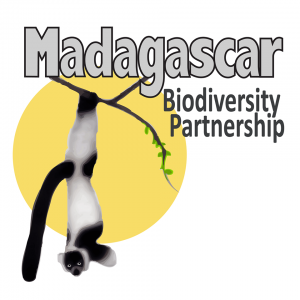
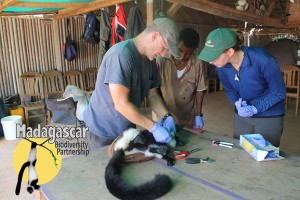
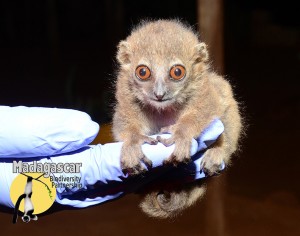
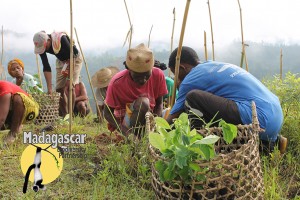
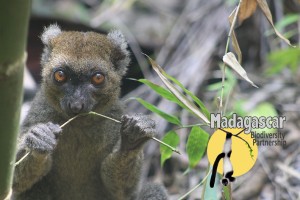
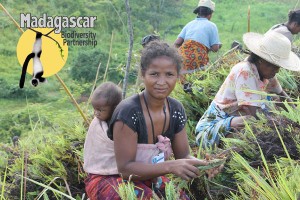
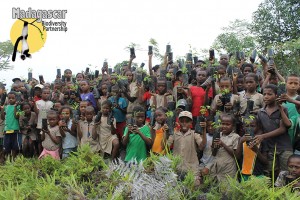




Comments are closed.